The impact of heavy snow weather on radar systems has always been a matter of great concern to both customers and companies. How millimeter-wave radar can maintain efficient detection in extremely severe weather to ensure comprehensive scene monitoring and target recognition is directly related to its product performance and reliability.
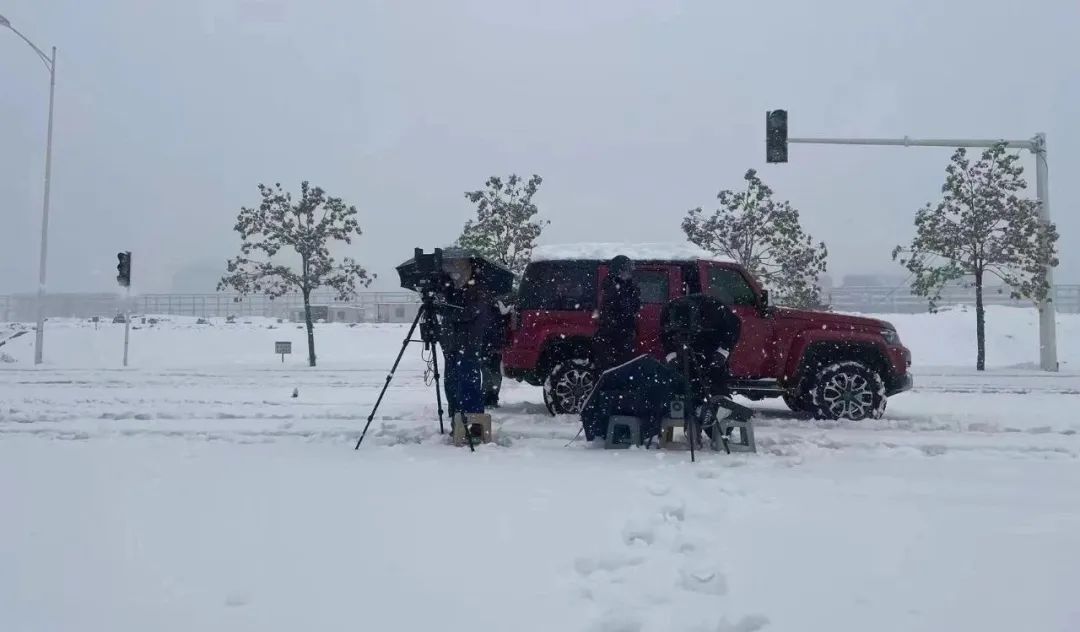
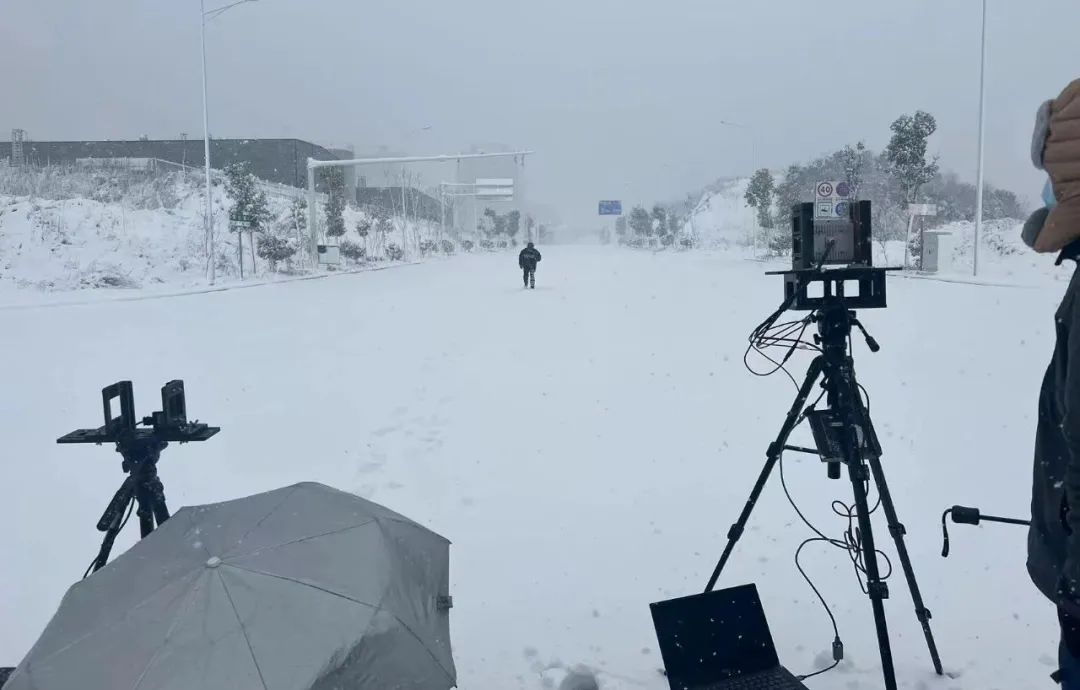
Nanoradar Snow Product Test Data
MR76S emits millimeter waves forward, detects the reflection of millimeter waves, and feeds back the relative distance, speed, and angle information between obstacles and radar. It can detect and track large and small vehicles, electric vehicles, and other information on the road in real time. This product uses a number of advanced technologies such as DBF digital beamforming and far and near beamforming to achieve a measurement range of 1.2-300m and supports the detection of 128 targets. It is small in size, high in sensitivity, stable in performance, light in weight, and easy to integrate.
● MR76S comparison test data
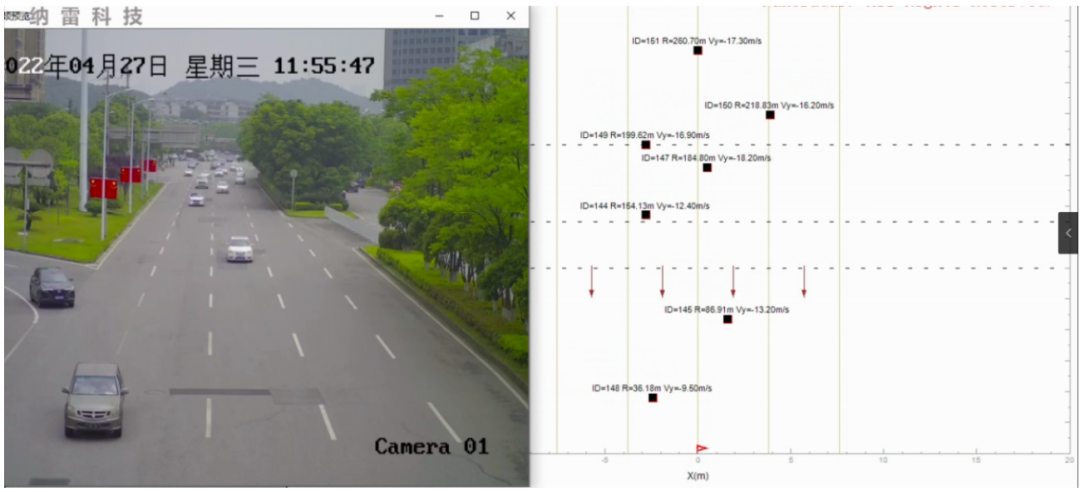
In sunny mode: target acquisition rate: 95%~98% (100m distance)
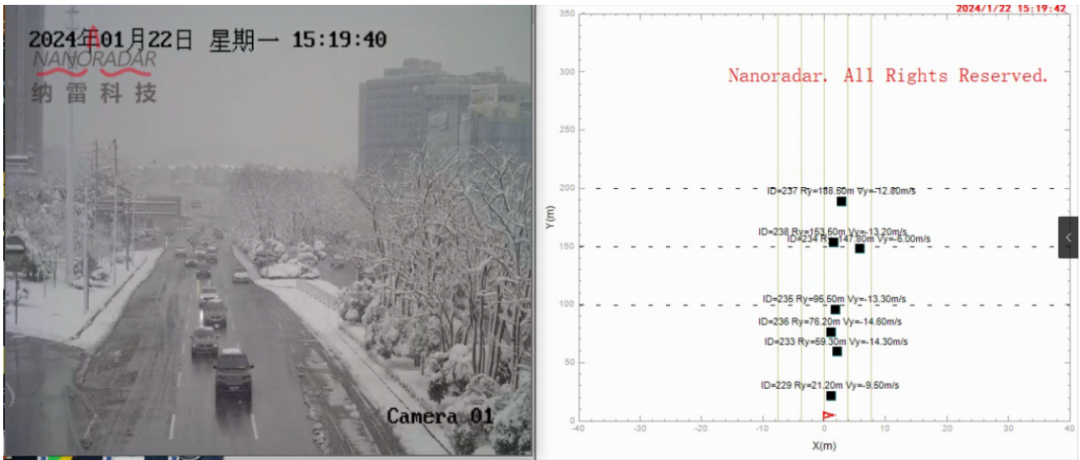
In snow mode: target acquisition rate: 89%~96% (100m distance)
Through comparative testing, it was found that the target acquisition rate was reduced by less than 10% in snow mode.Nanoradar NSR120 is an intelligent perimeter security radar with a static traverse of up to 120m. The radar detects and warns targets when they enter the defense zone. It determines the exact location by measuring the distance, angle and speed of the target, and can integrate video analysis technology to detect targets. Review and use artificial intelligence algorithms to determine whether it is a target that requires alarm.
● NSR120 comparison test data

In sunny mode, the maximum radial distance is 145m
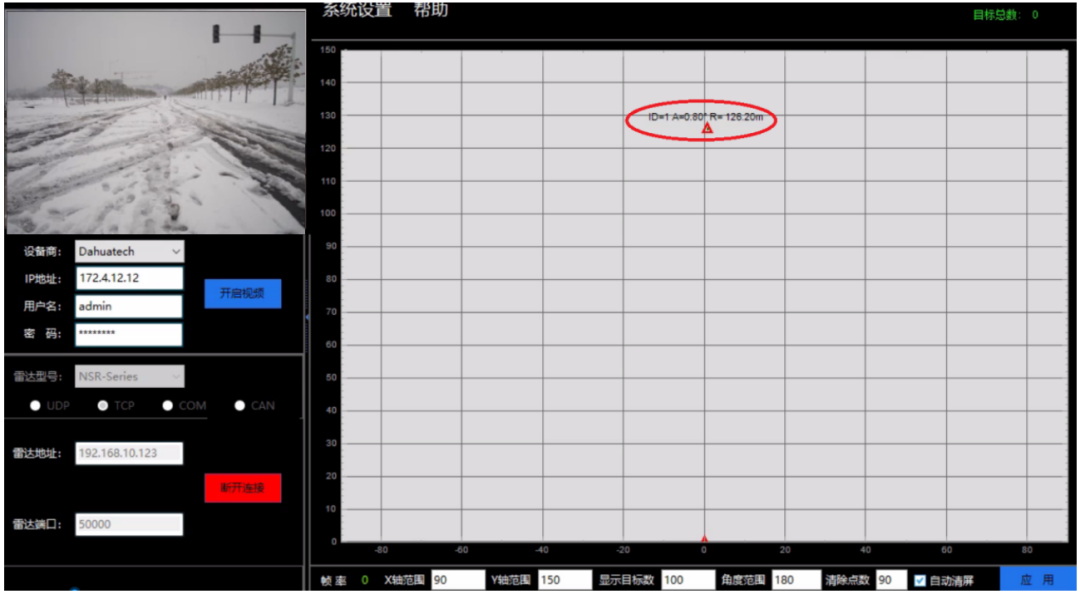
In snow mode, the maximum radial distance is 126m
Through comparative testing, it was found that in snow mode, the maximum radial distance is reduced by about 10%.After this field test and data analysis of the product in heavy snow, we learned that in heavy snow, the target acquisition rate of traffic radar will drop by less than 10%, and the maximum radial detection range of security radar will also be affected to a certain extent. But they are all within the controllable range and do not affect customer use. When the snow accumulation is more than 10cm, whether to define the snow accumulation as a target or a false alarm requires in-depth discussion. This is also the focus of our next step.
Generally speaking, Nanoradar series millimeter wave radars show strong environmental adaptability due to their redundant design, can operate normally and achieve detection functions, and can be used with confidence. Under the ice and snow is not the end, but a new starting point. In the future, we will focus on core technologies and continue to promote the advancement of radar technology.


